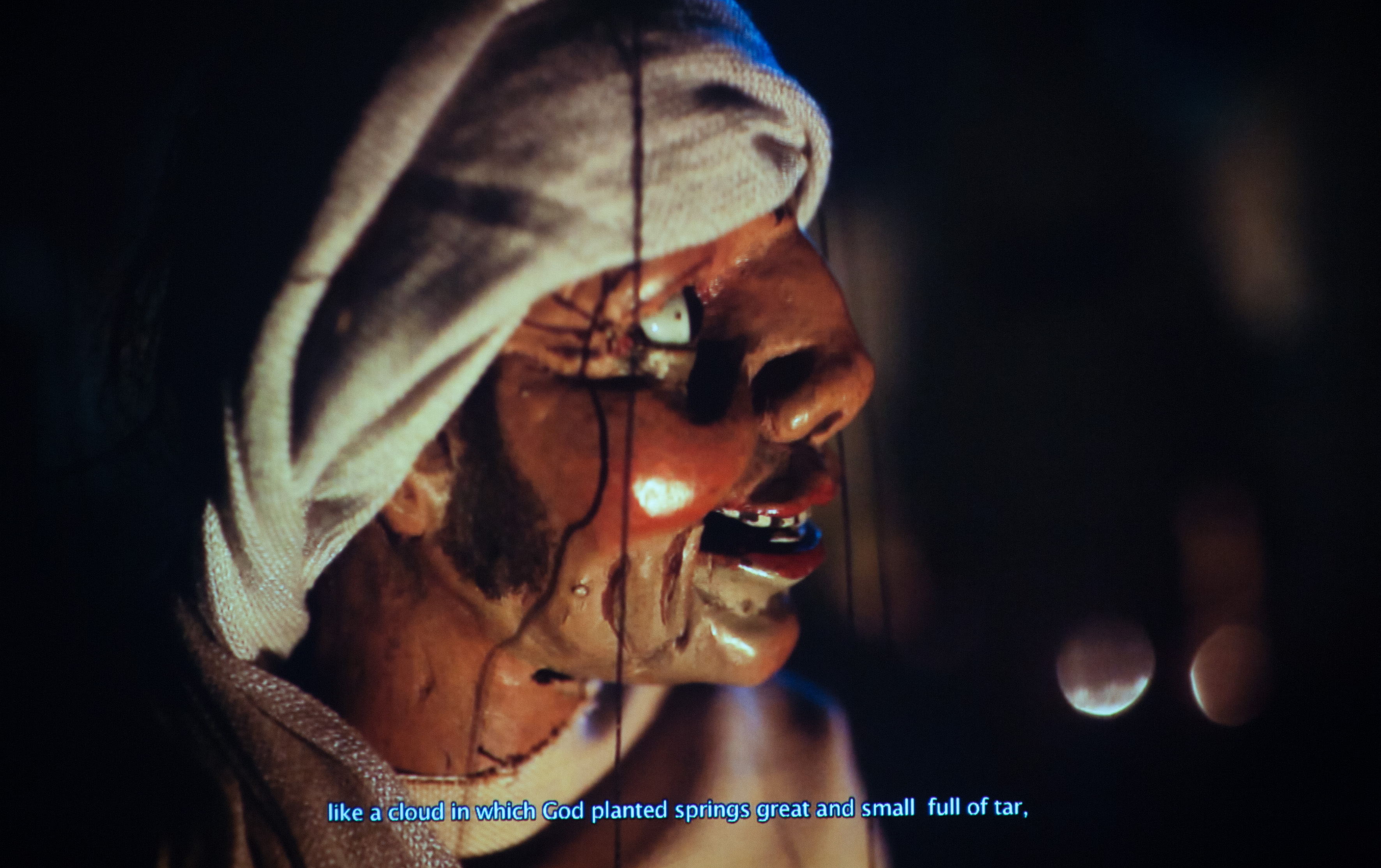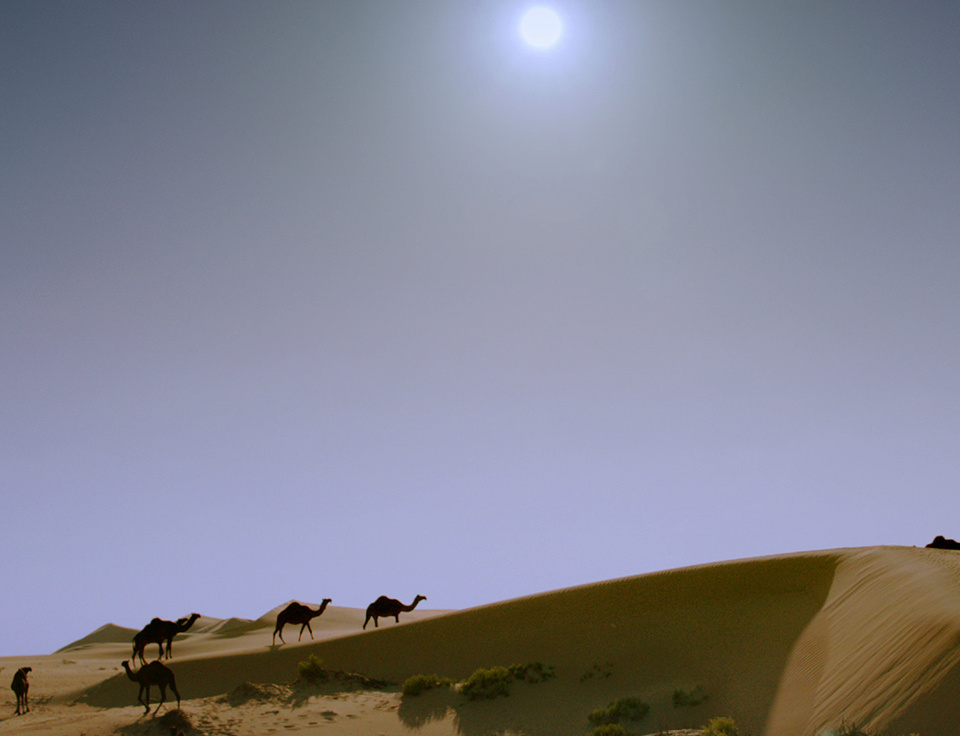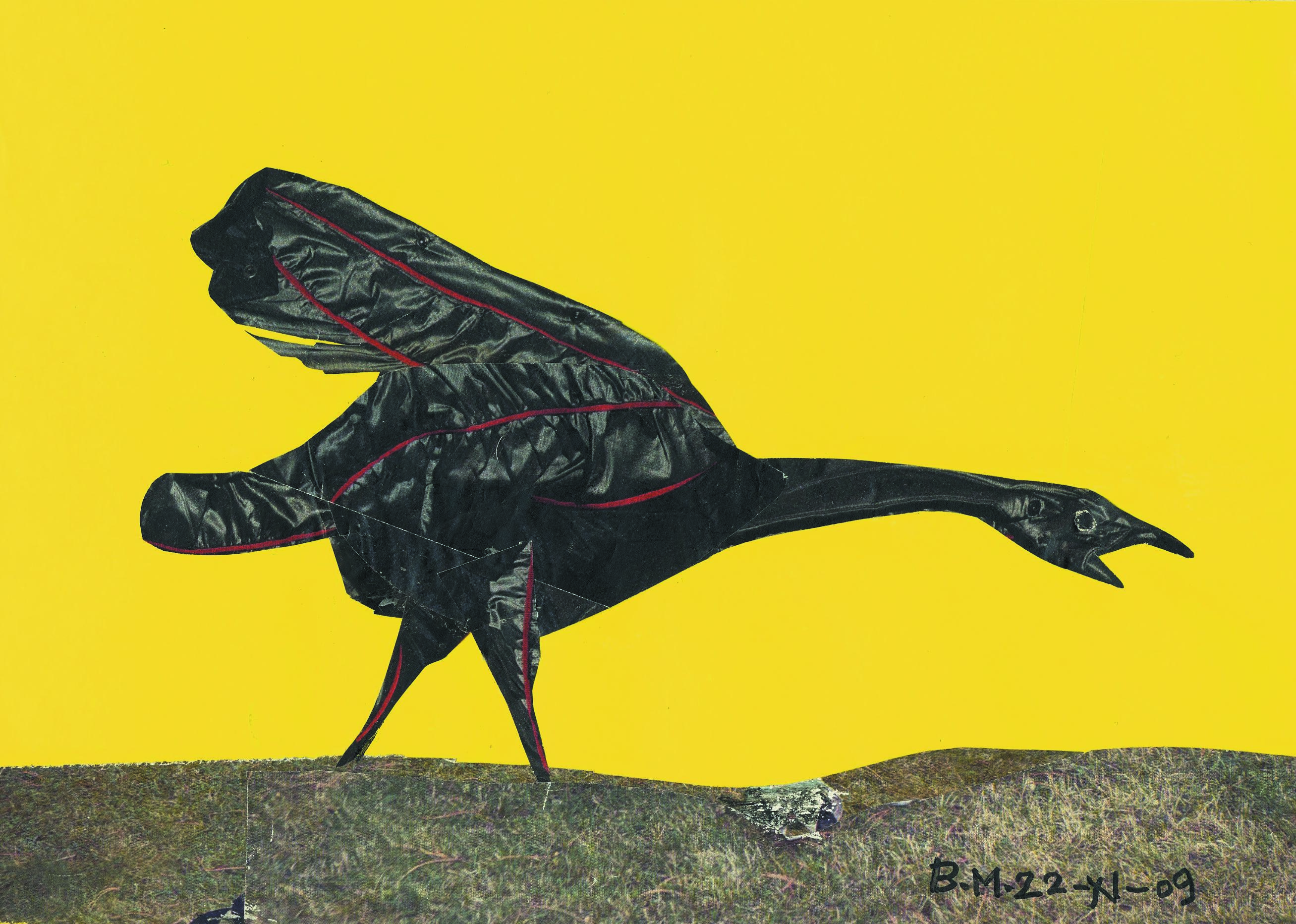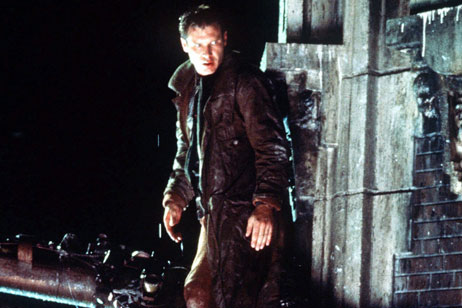Black camels amble through the desert near Abu Dhabi. Silhouetted against the hot sun, they look both indignant and regal. They’re certainly unlikely stars. But with a single majahim camel selling for a staggering Dh7.5 million in the past at the Al Dhafra Festival, it’s not surprising the annual camel beauty pageant is beginning to capture headlines worldwide – as well as the attention of the artist Wael Shawky, who puts the majahim camels centre stage in his new film Dictums: Manqia I.
“As someone from Alexandria who grew up in Saudi Arabia, I found the camel beauty industry – and it is becoming an industry – interesting,” says Shawky. “The black camels aren’t from the Emirates. They’re moved from Saudi, and so I thought it might be interesting to explore the wealth that comes from this symbol of the nomad. Most of my work has to do with the idea of a society changing from nomadism to urbanism.”
The film, will screen at London’s Lisson Gallery on Friday, was shot on location, near Abu Dhabi. It’s a new addition to Shawky’s Dictums series – at the Sharjah Bienniale in 2013 he brought together 30 primarily Pakistani workers to make a song in qawwali, a form of Sufi devotional music. Except, the lyrics were explicitly referencing their status as migrant workers.
“I wanted to look at the concept of importing and exporting labourers in the Gulf,” Shawky explains. “I have a lot of respect for the Sharjah director [of the biennial], Sheikha Hoor Al Qasimi actually, because, really, the participants were critiquing the claims the Biennial makes: that it breaks down the gaps between the contemporary art scene and the local community. “It was really touching, actually, to give these people a voice where they otherwise wouldn’t have one. It’s nice to think they were involved, rather than just criticising the situation from the outside.”
Shawky, 42, is honest enough to admit that the link between the Sharjah work, which will be displayed in documentary format at Lisson, and Manqia I is tenuous. Still, they do both look at the movement of people for work – someone has to drive the camels – and as The National noted last month, this camel industry is made possible by low-cost migrant labour, handlers from Sudan and Bangladesh living on farms and caring for the animals while the owners are at work in the cities.
But what isn’t in doubt is that Shawky has developed into a thought-provoking filmmaker. Across London at the prestigious Serpentine Gallery, another three of his films have been on show since November – and they’re quite stunning.
“I wanted to look at little sections of Arab history, because most of it is told by the West,” he says of his Cabaret Crusades series, which makes use of marionettes to re-enact key events from the Crusades. “It’s not about telling you who is wrong or right, it’s thinking about how you see the same moment in history from the other side.”
But it’s the way Shawky presents these stories that is fascinating.
In Horror Show File (2010) he used 200-year-old Italian marionettes to depict both Christian and Muslim leaders as violent and motivated by greed. Two years on, in Path to Cairo, he was working with French ceramicists to design 110 of his own intricate figures, which take on human, animal and hybrid forms. The puppetry itself is magical, the grotesque figures singularly expressive.
“The reason I Iike to use puppets and why children speak adult parts in my other film Al Araba Al Madfuna II, is that I like to remove the drama,” he says. “Not concentrating on an actor makes you think about the real value of the text. Even if I don’t believe everything that is said, in a way that’s the point, too, in terms of how I think history has been written. My work is always about people making their own judgements.”
All this might sound lofty, but what is impressive about Shawky’s work is his commitment to storytelling. These are not “art films” for people to dip in and out of as they make their way through a gallery. They demand – and reward – attention.
“I’d love to show them in the UAE,” he says. “I’m actually in talks with Guggenheim to work on a project with them for 2015. But don’t ask me where exactly Manqia I was filmed, because I really don’t know.”
• Wael Shawky: Dictums is at Lisson Gallery in London from January 31 to March 8 (www.lissongallery.com). His exhibition at the Serpentine Gallery, London, runs until February 9 (www.serpentinegalleries.org)



